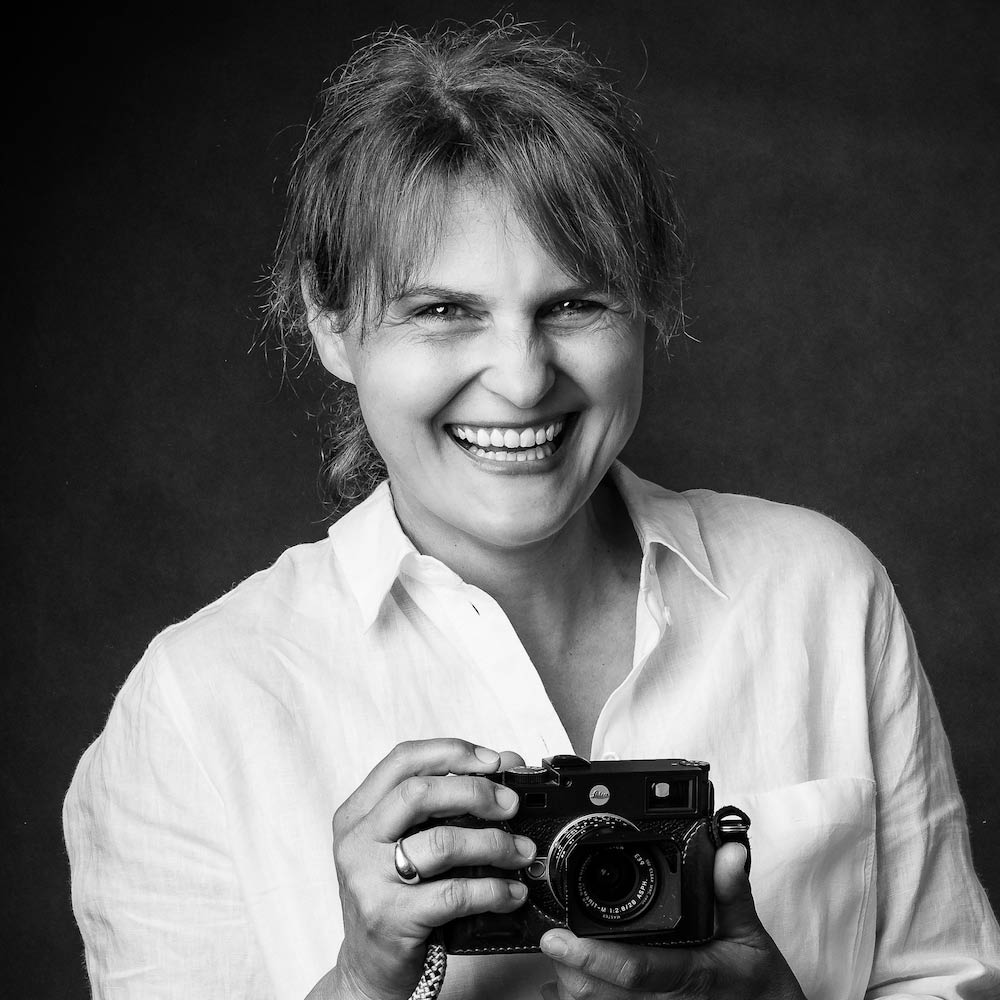Hanka Peskova - passionate self-taught photographer whose journey began at the renowned Skola Kreativni Fotografie in Prague. In 2021, she was honored with the prestigious International Title of Excellence FIAP (EFIAP) by the FIAP (Artiste de la Fédération Internationale de l'Art Photographique), a testament to her artistic prowess and dedication to the craft.
Nestled in the picturesque town of Cesky Krumlov, Czech Republic, she has turned the globe into her canvas, capturing the ephemeral beauty and indescribable energy of moments and people. Her work transcends the mere act of memory preservation to unveil the essence of life itself, through the eye of her camera. As a freelance photographer, her lens has intimately explored the vibrancy of street and documentary photography for years. With a focus on the tapestry of social life, her work dives deep into the heart of ordinary life, cultural narratives, and contemporary issues. She possesses a unique attraction to the narratives of old, the allure of isolated places, and the stories of people living beyond the limelight.
Her photography is not just a window to the world but an invitation to view it through her unique perspective. Capturing not only the bustling life on the streets and the untouched facets of nature, she also ventures into the realm of creative photography. Each frame is a story, a whisper of the past or a shout of the present, always aiming to evoke emotion and provoke thought.
Exclusive Interview with Hana Hana Peskova
AAP Magazine
AAP Magazine 38 Women
